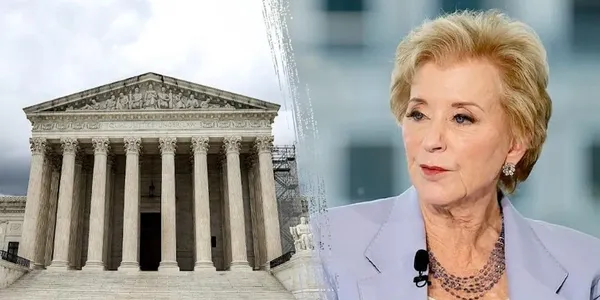Supreme Court Upholds Executive Authority to Restructure Department of Education
By: Ark-La-Tex Staff Writer
Published July 20, 2025
The United States Supreme Court ruled on Tuesday in a 5 to 4 decision to uphold the constitutionality of President Donald Trump’s executive order that permits significant restructuring of the U.S. Department of Education. The decision allows the administration to proceed with planned funding reductions and a reallocation of responsibilities to state and local education agencies.
The majority opinion, authored by Chief Justice John Roberts, concluded that the executive branch acted within its legal authority in issuing the order, citing existing statutes that give the president discretion in overseeing executive agencies and aligning them with national priorities.
“The Constitution grants the executive branch the power to manage federal departments and implement policy through lawful channels,” the opinion stated. “This ruling affirms the ability of the President to direct structural changes, provided they do not violate statutory protections or constitutional guarantees.”
The policy at the center of the case, issued earlier this year, directs federal education funds to be redistributed toward programs emphasizing school choice, vocational training, and state-managed standards. It also eliminates or consolidates several federal education offices, including those dealing with equity oversight and grant administration.
Supporters of the decision argue that the move restores greater flexibility to states and reduces bureaucratic overhead at the federal level. “This decision is a win for local control of education and for communities that have long sought greater input into how schools are run,” said Education Secretary Margaret Hale in a written statement.
Critics, including the court’s four dissenting justices, expressed concern that the ruling could set a precedent for reducing federal oversight in areas such as civil rights compliance, special education protections, and support for underserved communities. Justice Sonia Sotomayor, writing in dissent, cautioned that “unchecked executive discretion in education risks undermining equal access to quality learning opportunities.”
Outside the court, reactions were mixed. Education advocacy groups and several state governors welcomed the decision, calling it a step toward decentralizing education policy and empowering local school districts. Others, including teacher unions and civil rights organizations, warned that the restructuring could disproportionately affect vulnerable student populations.
The case, Garcia v. United States Department of Education, was brought by a coalition of education advocates and former federal officials who argued that the executive order exceeded presidential authority and failed to provide adequate legislative oversight. Lower courts had split on the issue, prompting an appeal to the Supreme Court.
While the ruling does not eliminate the Department of Education, it gives the administration broad authority to downsize or refocus its functions. Key components of the restructuring are expected to take effect by the start of the 2026–2027 academic year.
With this decision, the Court reaffirms the president’s ability to reshape federal agencies through executive action, a power that has evolved significantly over recent decades. Observers note that future administrations may use this precedent to expand or contract other federal departments based on policy priorities.
As implementation begins, lawmakers on both sides of the aisle have indicated they may propose legislation to clarify the limits of executive authority in managing federal education resources. In the meantime, state education departments are preparing to absorb new responsibilities as federal oversight is reduced.
